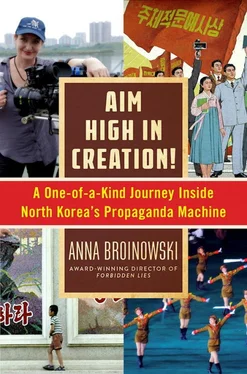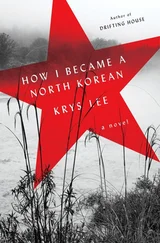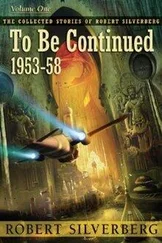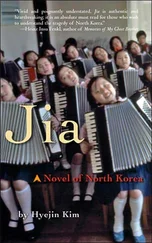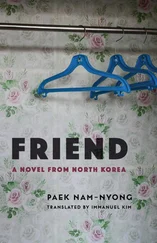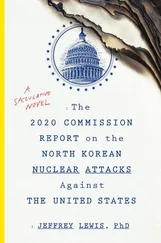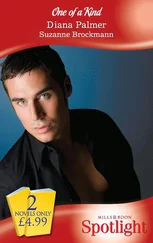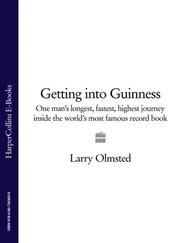Beautifully shot scenes of melancholy songs and extreme suffering follow. After two hours of relentless torment, things finally look up for Kotpun. She flees to the hills and finds her brother, a handsome guerrilla fighter who looks uncannily like Harrison Ford’s Han Solo in Star Wars . He rouses the villagers with a passionate speech about how they must build “a new society, free from oppression,” and they join him in a violent battle against the evil Japanese occupiers. The villagers triumph, the three siblings are reunited, and Kotpun walks through the marketplace once more, her beautiful young face framed by red flowers, singing with joy.
Flower Girl shows that Kim Jong Il knew what he was doing. It is as elegant as an Akira Kurosawa movie, engaging despite the melodrama, and exquisitely acted. The world thought so too: in 1972, the film won a prize at the World Film Festival in Czechoslovakia, and is still known in film circles today as a North Korean classic.
Johannes unwraps a pamphlet bound in green leather, Great Man and Cinema —a collection of anecdotes about Kim Jong Il’s movie career, which the prologue insists will “be enshrined in the hearts of those who lived, live and will live, benefiting from the birth of the Juche-oriented cinematic art and its eternal prosperity, and will go down in history as imperishable legends.” The pamphlet celebrates Kim Jong Il’s work on several films, including his editing and casting of Flower Girl . Kim didn’t let the superior morality of Juche stop him from resorting to an age-old Hollywood technique when choosing Kotpun—he passed over the experienced actresses and went for a barely legal beauty:
A group was organized to select a fit woman. They looked closely for her not only at the film studio but also at all the art organizations of the country, but could not find the right actress. In these circumstances, Comrade Kim Jong Il said that it was advisable to cast the part of the heroine to a young actress who had never appeared on the screen.
This was a bolt from the blue. The officials were swayed by misgivings, wondering if a novice could play the role of the heroine in such an important film. But Comrade Kim Jong Il said that her simplicity and unsophistication struck his fancy, and advised them to cast her.
The nominated heroine appeared on stage. She wore her straw shoes in the reverse way. She had never put them on in her life. Comrade Kim Jong Il said she did not know how to wear straw shoes because she had grown up happily without the hardship of the old days, and he taught her how to put them on.
Afterwards, he gave her meticulous guidance in her acting, costume and props. Under his warm leadership the heroine developed into a famous actress who commands the love and respect of the People.
I wonder if Kim Jong Il’s warm leadership extended to teaching his young star other activities, off-set. His impressive strike rate with young actresses doesn’t fill me with hope. But at least Flower Girl shows that Kim’s propaganda techniques can produce powerful cinema.
Inspired, I walk off the tonkatsu cutlets I’ve eaten with Johannes. It’s snowing heavily, and we hug the edge of the canal, warming ourselves in its heat. I tell Johannes the plot of my movie. He groans with disappointment. “It cannot work,” he says. “There is no leader. To make it truly North Korean, the villagers can only win if they are led by a leader like Kim Il Sung.”
“But we don’t have leaders like that in Australia,” I protest. “They’re tossers. The audience will laugh.”
“Then the villagers must lose, and the miners must win,” Johannes replies with Teutonic finality. “At the end, you can have a big song about how, one day, a revolutionary fighter will save the village. Then show Kim Jong Il, on a white horse or something, rising above Sydney Park.”
I sit neck-deep in the ryokan’s hot spring, thinking about Johannes’s idea. Maybe he is right. Maybe I should make a pro-CSG movie so heavily laced with propaganda, sophisticated Western audiences immediately get the message. North Korean spin or capitalist spin—it’s one and the same. Or perhaps I should make a film cobbled from the advice the defectors have given me—which would mean an animation about a rabbit and a fox, shot as a musical, with plenty of sex, ten-minute death speeches, and authentic scenes of North Korean life, shot in the middle of Sydney. All without—and here’s the kicker—a trace of irony. Impossible. I might as well use Kim’s rules to make an ad for Hummer. At least then I could upload it as a YouTube parody and reach the forty-two million fans of Hulk Hogan and Macho Man VS Kim Jong-il – Epic Rap Battles of History 5 .
Defeated, I slide under the scalding water, letting it sting me awake. I remember the joyful conviction with which the defectors, no matter how scarred, sang songs from North Korean movies. There has to be a way of capturing that power, of using it to instil the same joy in jaded Western hearts.
I throw on a yukata and head down to the manager’s office to use the only phone line out of this antiquated place and receive more discouraging news. Tepco has just admitted the radiation leaks at Fukushima are on par with Chernobyl. The ABC journalist who was going to give me the real name of Kim’s sushi chef, Kenji Fujimoto, has to fly north to investigate. Fujimoto is still being tailed by North Korean agents. His contact cannot be handed out on the phone.
Struggling to stay positive, I call the souvenir shop on Sado Island where Charles Robert Jenkins, retired North Korean movie villain, now spends his Saturdays. The lady who answers is polite but evasive. Yes, Mr. Jenkins received my letter requesting an interview. Yes, he works on Saturdays, but for some reason not today. No, I cannot have his home number.
I cancel my ferry ticket to Sado Island and book a flight to Tokyo. Somewhere in that seething metropolis of thirteen million people is the one man left who can tell me what it was like to work with Kim Jong Il.
SHIMOISHIWARA IS A RUN-DOWN SUBURB on the outskirts of Tokyo. It nestles, forgotten, under a thundering overpass. I stand beneath the girders, looking at a dusty vegetable patch. To my left is a row of ramshackle two-storey flats. To my right, the path I have been walking up and down for three hours, trying to find Satsuma: community gardener, Godzilla actor and—according to the postman who has ridden past twice now—unknown at this address. I had hoped the letters I posted to Satsuma from Sydney went unanswered because he couldn’t reply in English or was too reticent to respond. I’d banked on him being an erai shito : the kind of Japanese VIP who will only grant an interview if you approach him the old-fashioned way, in person. But I was wrong.
I tear open the omiyage of candied chestnuts I bought for Satsuma in Beppu. They’re crushed from the walk, oozing from delicate paper packets. I fling them at the overpass, consumed by apocalyptic despair. Images of Godzilla—smashing Tokyo Tower with a scaly paw, obliterating Yokohama with a sweep of its tail, shooting fireballs at Mothra through massive fangs—flash through my mind. And I see the brilliant Satsuma, moving inside his monster suit, breathing life into the nuclear nightmare that has plagued the Japanese ever since Little Boy destroyed Hiroshima. Satsuma was the Andy Serkis of his day—an artist so accomplished Kim Jong Il hired him to smash feudalism clean off the collective North Korean retina. But Godzilla is elsewhere now, and a new nuclear monster is destroying Fukushima.
And I am alone in the city of my birth, only two hours away from the country in which I most want to be. This is where my great North Korean visa chase has left me: standing in a veggie patch with an empty candy box and smelling faintly of cabbage. I head for the station, beaten.
Читать дальше
